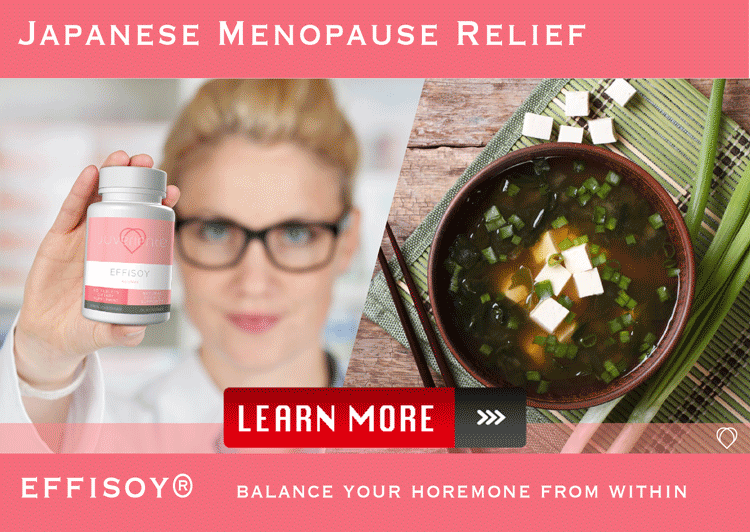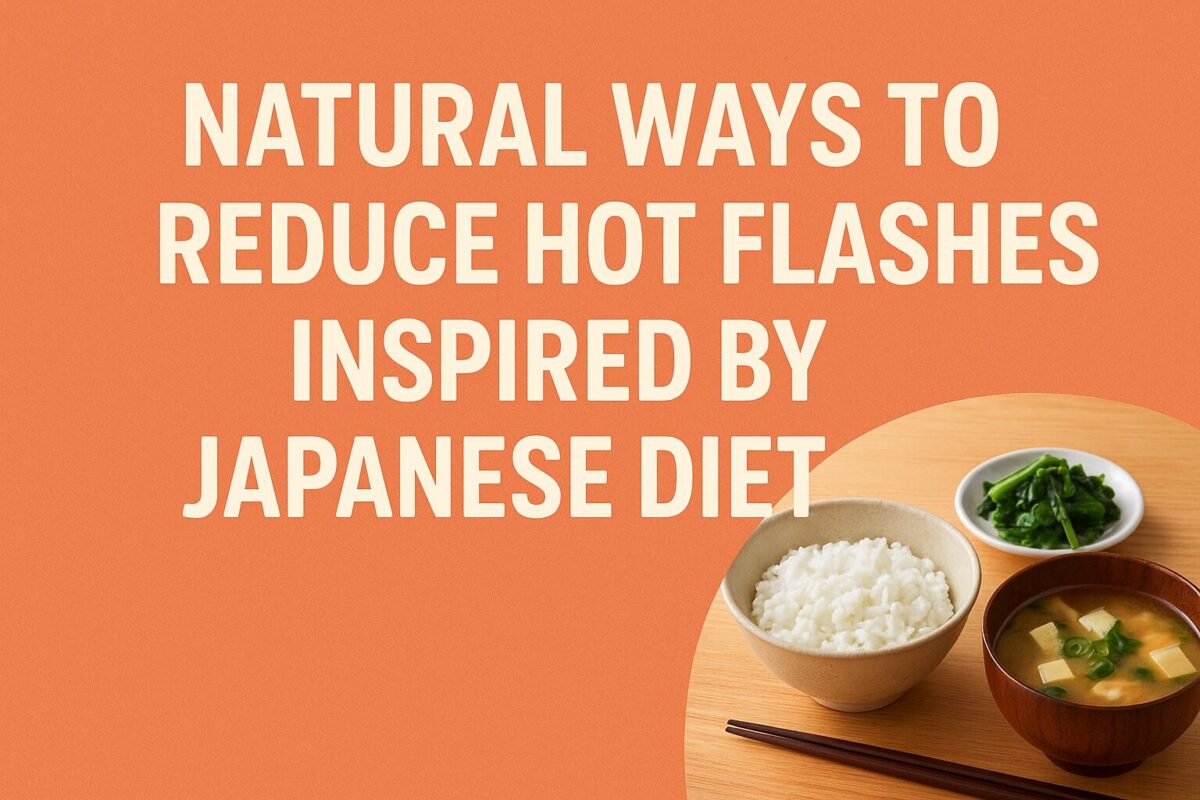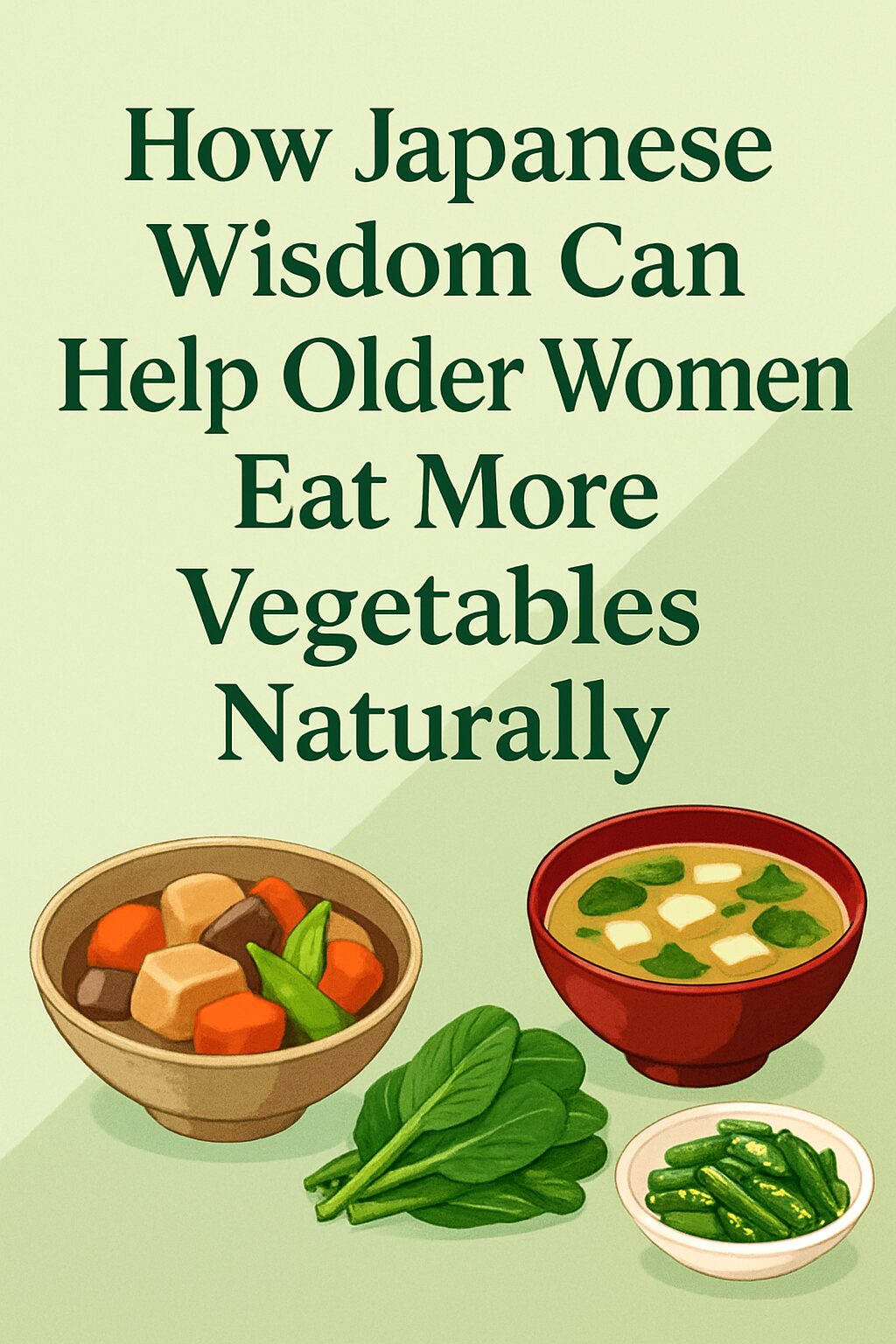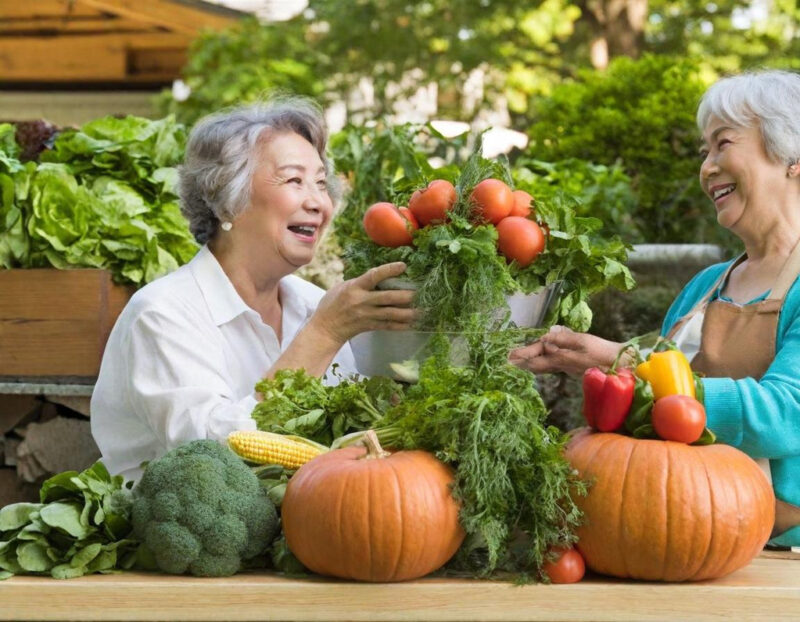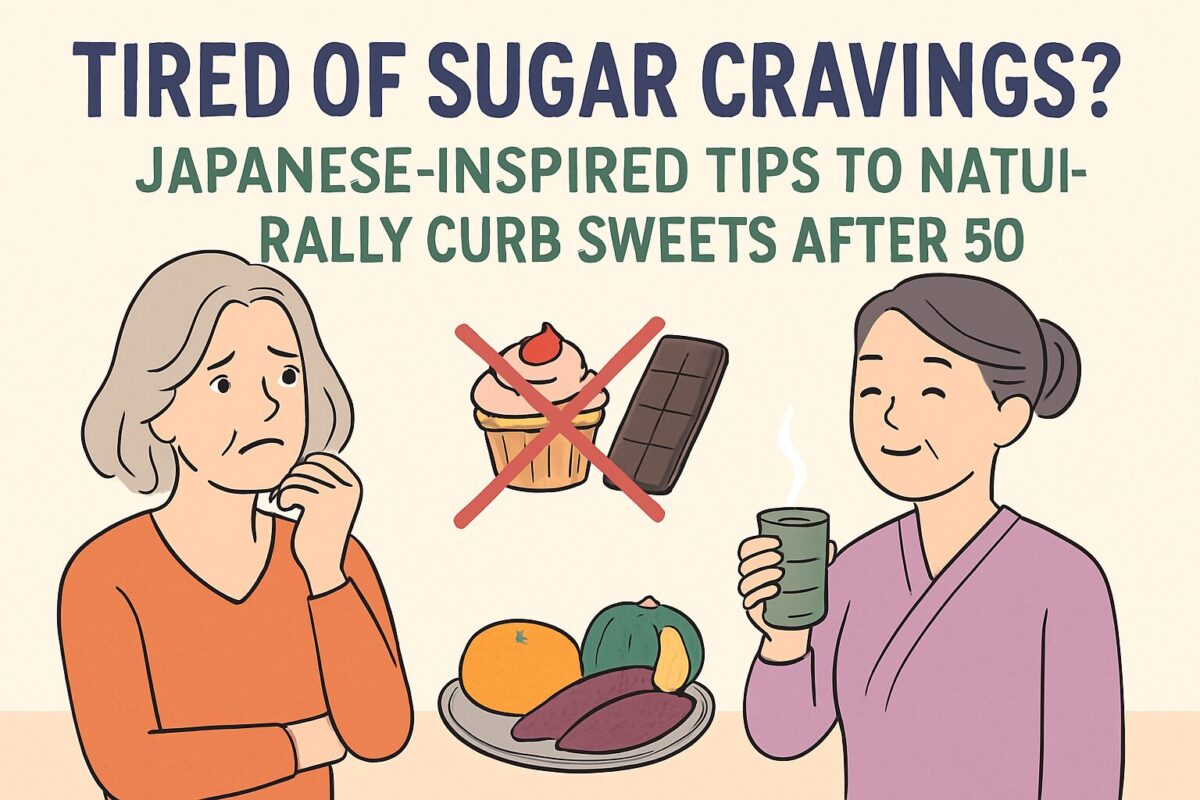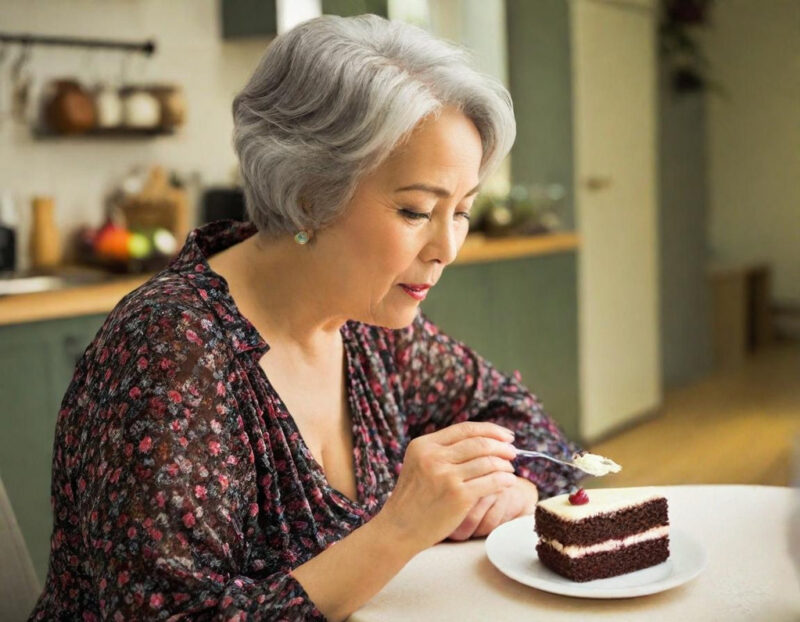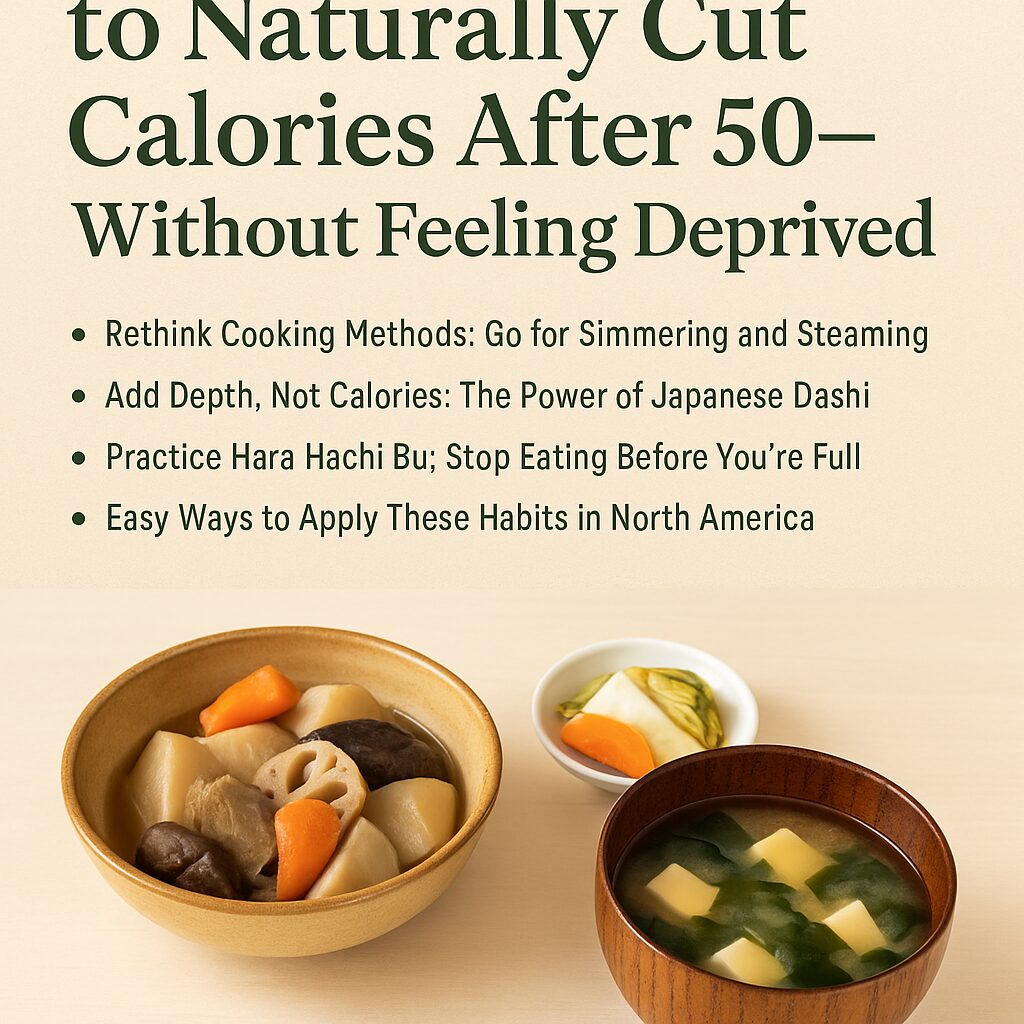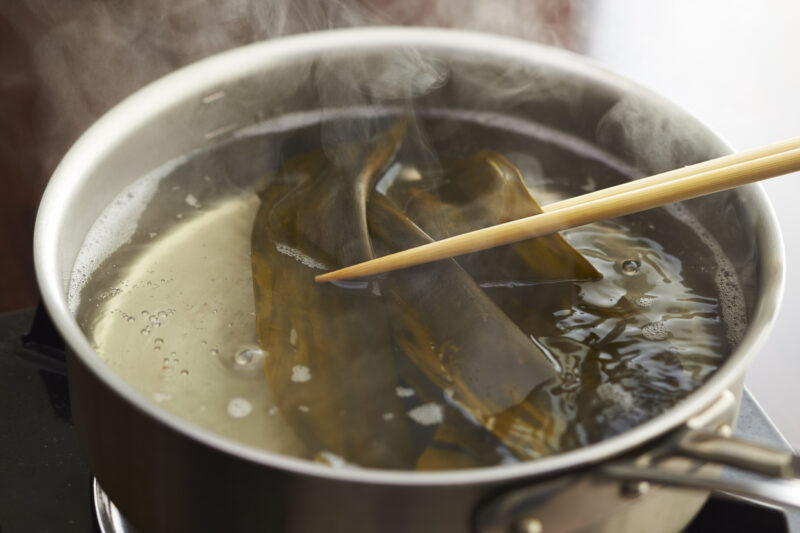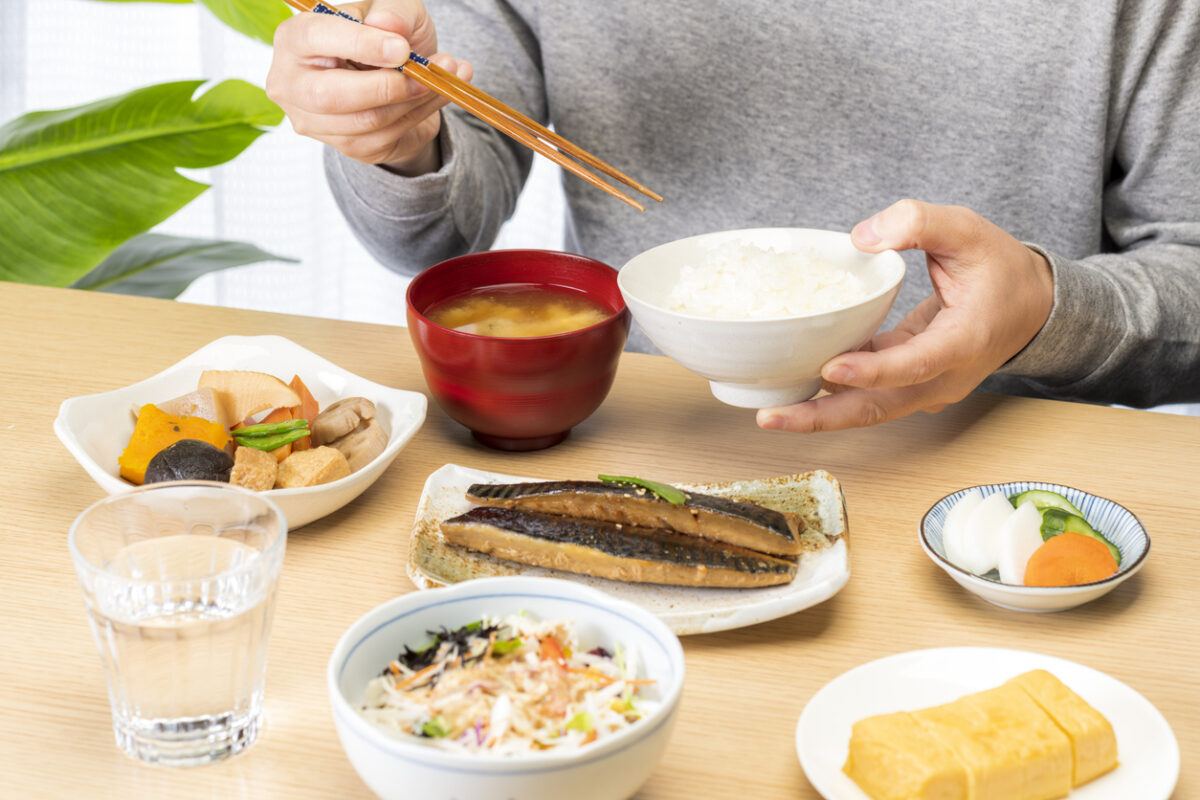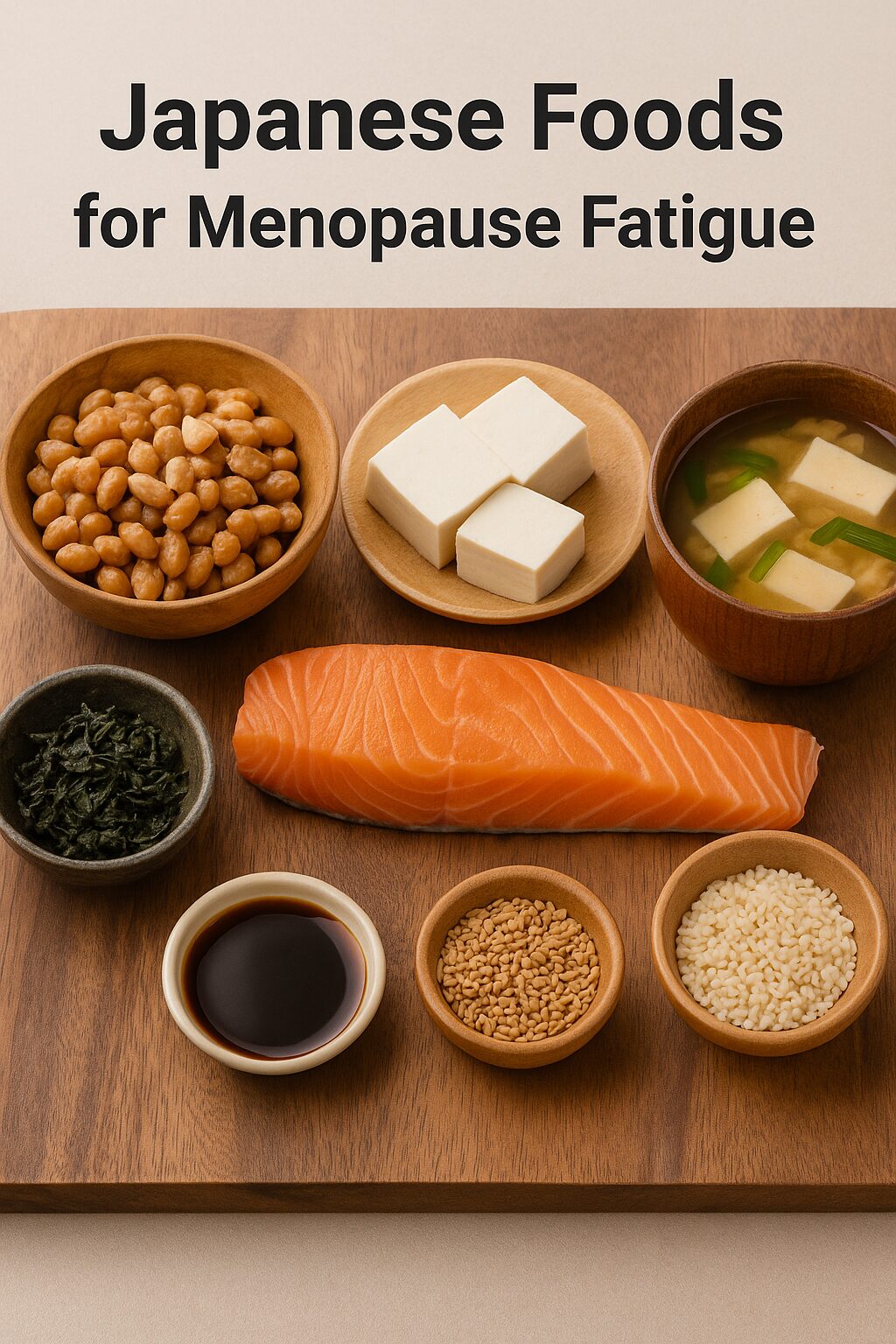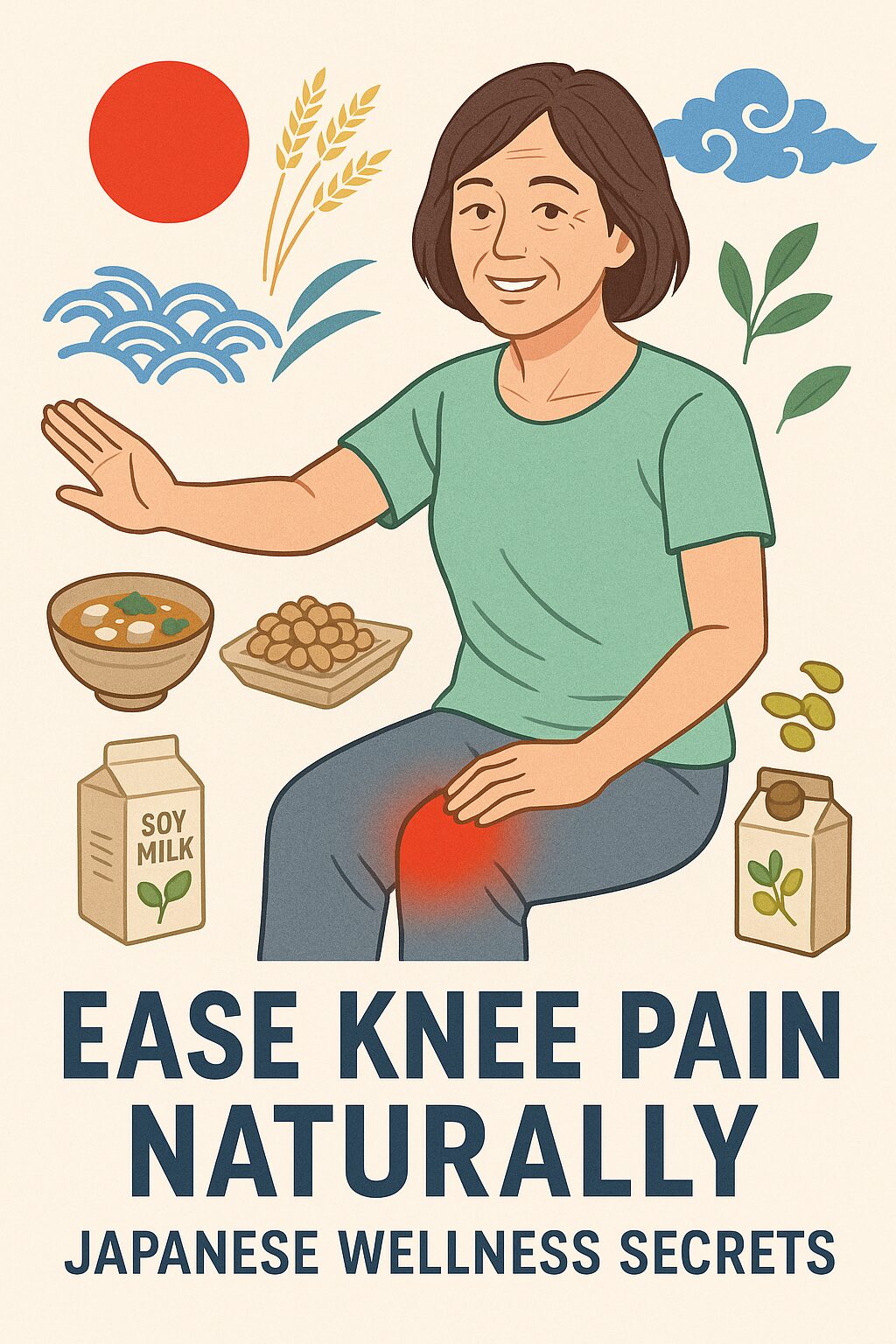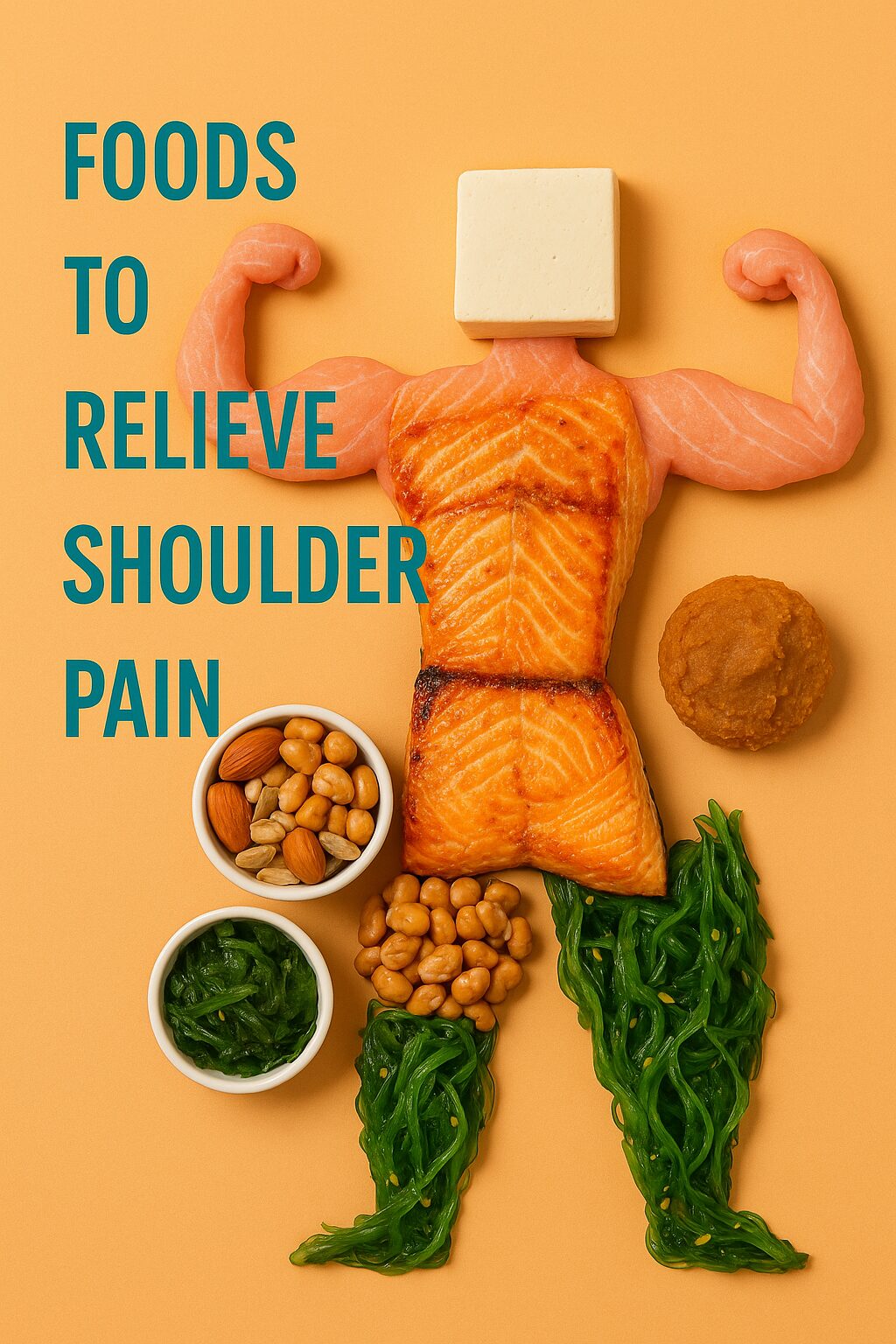Hot flashes are one of the most common and frustrating symptoms of menopause. They disrupt sleep, drain energy, and affect overall quality of life. While many women turn to Hormone Replacement Therapy (HRT), not everyone is comfortable with the side effects and risks. Thankfully, natural approaches exist, and Japanese dietary habits provide valuable inspiration. Women in Japan traditionally report fewer menopausal symptoms, and much of this difference comes from their food culture.
This article explores natural ways to reduce hot flashes, guided by Japanese diet principles that emphasize balance, plant-based proteins, and fermented foods.
The Link Between Diet and Hot Flashes
How Food Influences Menopause Symptoms
Hot flashes are triggered by hormonal fluctuations, especially the decline of estrogen. Certain foods can ease these symptoms by supporting hormone balance, reducing inflammation, and stabilizing blood sugar. Conversely, processed foods, excess sugar, and high-fat meals often worsen hot flashes.
Why the Japanese Diet Stands Out
Japanese women traditionally consume more plant-based foods, fermented soy, and green tea while eating less saturated fat and processed sugar. This dietary pattern may explain why studies show lower rates of severe hot flashes among Japanese women compared to their Western counterparts (NIH source).
Soy and Isoflavones: The Japanese Secret
The Role of Soy in Menopause Relief
Soy is a cornerstone of the Japanese diet. It contains isoflavones, plant-based compounds that mimic estrogen’s activity in the body. These natural phytoestrogens may help regulate body temperature and reduce the frequency of hot flashes.
Best Soy Foods to Try
- Miso soup – a comforting and probiotic-rich option.
- Tofu – versatile and easy to add to stir-fries or salads.
- Natto – a fermented soy product rich in vitamin K2, great for bone health.
- Soy milk – an accessible option for smoothies and drinks.
Research from the North American Menopause Society shows that isoflavones can reduce the intensity of hot flashes in many women.
Fermented Foods and Gut Health
How Fermentation Supports Hormonal Balance
Fermented foods are another highlight of Japanese eating. They not only improve digestion but also enhance nutrient absorption and promote a healthy gut microbiome. Since gut health influences hormone metabolism, this indirectly helps with hot flash management.
Popular Japanese Fermented Foods
- Miso – made from fermented soybeans, salt, and koji.
- Natto – sticky, strong-flavored soybeans with powerful health benefits.
- Tsukemono (pickled vegetables) – provide beneficial bacteria and fiber.
Including small servings of these foods daily may improve both digestive and hormonal health, easing menopausal discomfort.
Cooling and Anti-Inflammatory Foods
Staying Cool with Japanese Dietary Wisdom
Certain Japanese foods naturally help regulate body temperature and reduce inflammation, making them helpful for managing hot flashes.
Hydrating Foods
Cucumber, daikon radish, and watermelon are refreshing and hydrating choices often used in Japanese meals.
Anti-Inflammatory Staples
- Green tea – rich in antioxidants that calm inflammation.
- Seaweed – nutrient-dense and cooling, with minerals that support overall wellness.
- Fish (like mackerel and salmon) – provide omega-3 fatty acids, reducing inflammation and supporting heart health.
Lifestyle Practices from Japan That Complement Diet
Eating Habits
Beyond food choices, Japanese eating practices also support hormonal balance and reduce hot flash severity:
- Portion control – smaller, balanced meals reduce blood sugar spikes.
- Mindful eating – slowing down helps digestion and reduces stress.
- Less reliance on oil – steaming, simmering, and grilling are favored over frying.
Mind-Body Connection
Traditional Japanese wellness practices, such as forest bathing (shinrin-yoku) and tea rituals, promote relaxation and reduce stress, which can help prevent hot flash triggers.
Bringing Japanese Wisdom into Your Daily Life
Adopting Japanese dietary habits doesn’t require a complete lifestyle overhaul. Start small: add miso soup to breakfast, replace one meat-based meal with tofu, or sip green tea instead of coffee in the afternoon. Over time, these small steps can add up to noticeable relief.
For women seeking additional support, supplements inspired by Japanese nutrition may help. Some products use aglycone isoflavones, the most bioavailable form of soy isoflavones, to promote hormonal balance more effectively. Choosing such natural approaches provides a safer alternative to HRT for many women.
Conclusion
Hot flashes don’t have to dominate life during menopause. By embracing natural ways to reduce hot flashes inspired by the Japanese diet—through soy foods, fermented dishes, hydrating vegetables, and mindful eating—you can find relief while improving overall health. With consistent effort, these small dietary and lifestyle changes may bring long-term balance and comfort.
Take Effisoy®, a natural supplement, to balance your hormone back.
If you are facing an age-related hormonal imbalance, rebalancing it will work with a balanced diet for your beauty, weight management, and daily wellness.
Juveriente®’s Effisoy, launched in 2016, based on fermented soy bean germ extract has been loved as a natural menopause relief since its launching in 2016.
Its primary function is to boost the weakened synthesis of a hormone precursor, DHEA. It helps the precursor, DHEA. Rebalancing the precursor will eventually recover your hormones in line with your natural balance. It will help recover the hormonal imbalance and help you address various issues in postmenopausal period.
Here are some of the real product reviews in our Amazon shop.
“Restful sleep finally!!”, “I Am Now Free of Hot Flashes!!”, “Lifesaver”
